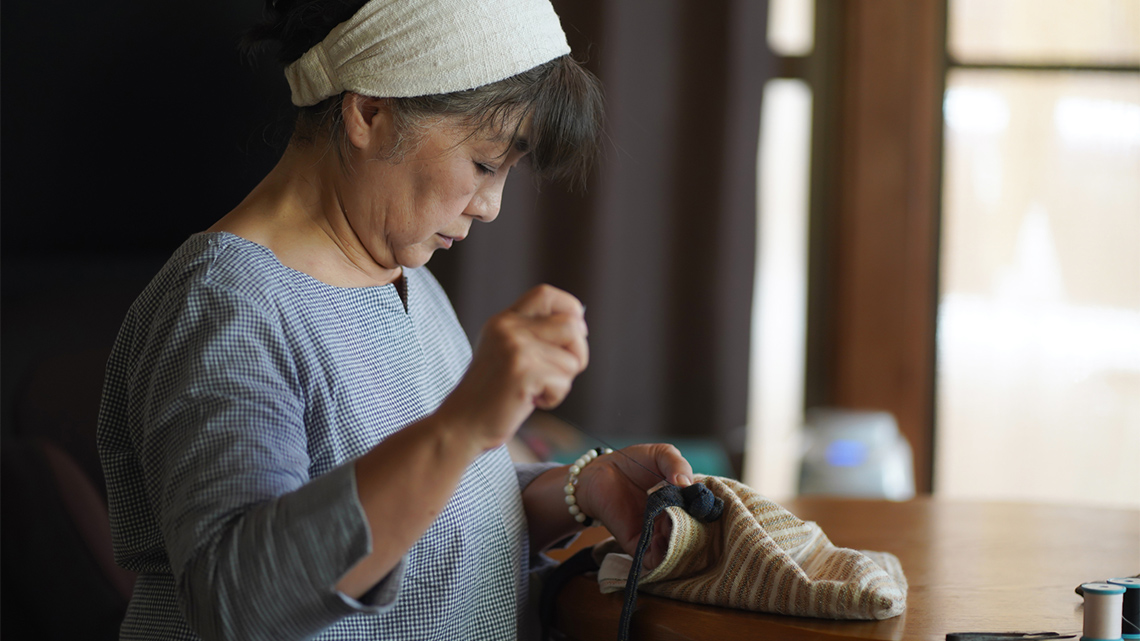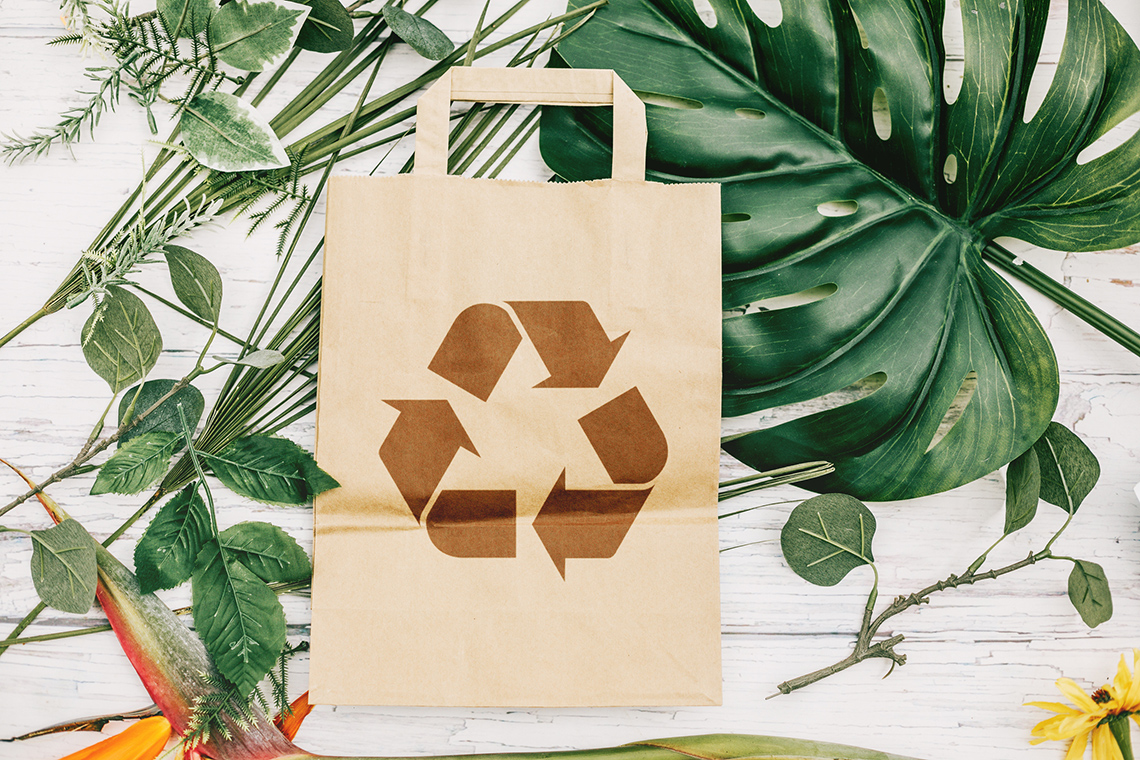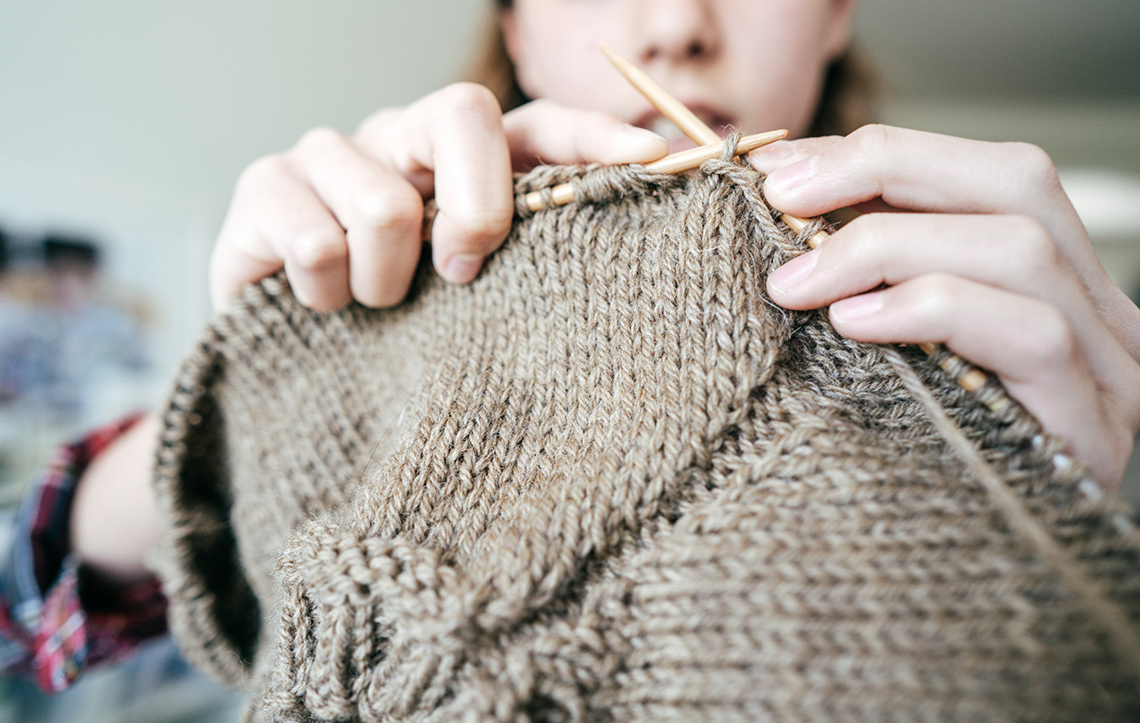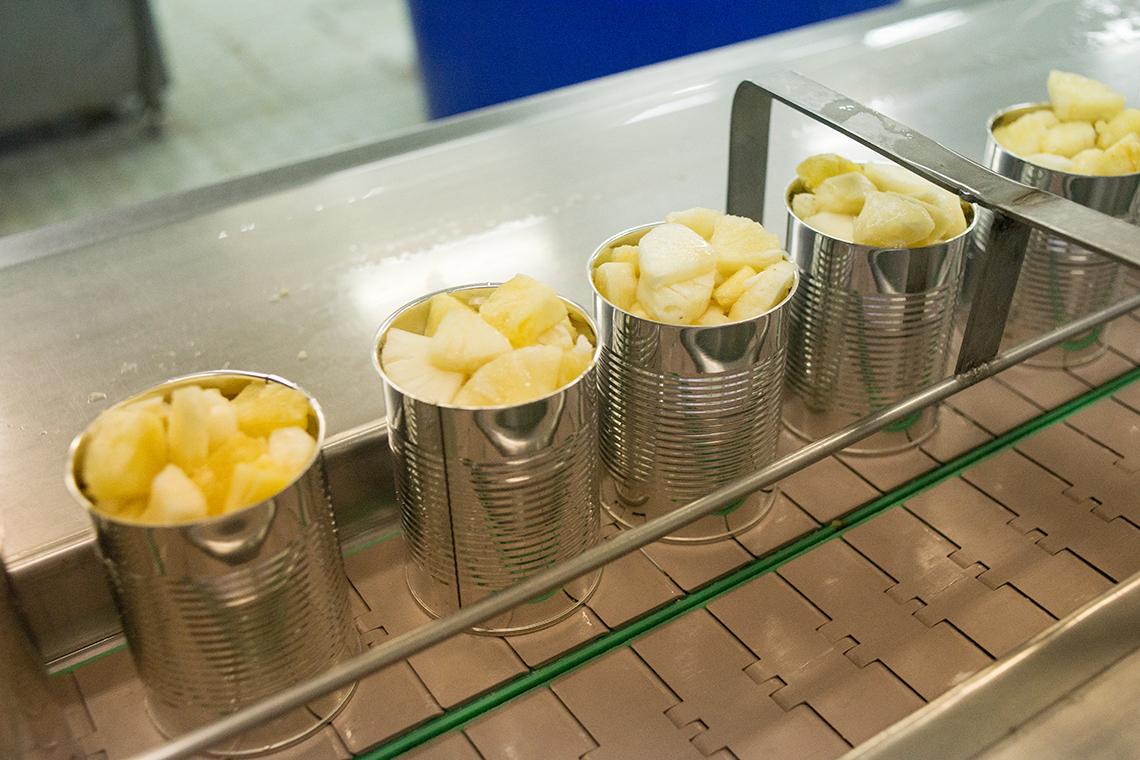Minds On
Notice and wonder

Explore various items online or in the space around you. These items could be articles of clothing, toys, electronics, or furniture, for example. Identify at least ten items of varying types.
Where were these items made?
Do you think they were made in a factory that mass produces many of the same item, or by a craftsperson who handcrafts a few of those items? Why do you think that?
Record your ideas orally, digitally, in print, or using another method of your choice.
Action
Innovation in Canada
This learning activity features emerging technologies, STEM contributions, and Canadian innovations that are making a difference.

Local handcrafted and mass production

In this learning activity, you will be exploring local and handcrafted production as well as mass production using automation or technology. As you move through Task 1 and Task 2, use the following “Benefits Chart” or another method of your choice to record the positives (or benefits) for each method (handcrafted and mass production).
|
Benefits of local and handcrafted products |
Benefits of mass production of products |
|---|---|
Press the ‘Activity’ button to access Benefits Chart.
Task 1: Local and handcrafted

A handcrafted item means that the item was skillfully made by a craftsperson, rather than being mass produced in a factory. Locally produced items are produced and sold within a specific, limited, geographical area.
Brainstorm
Brainstorm
Can you think of any handcrafted or locally owned businesses or items in your area? Brainstorm some ideas using a method of your choice.
Why shop for local handcrafted goods?
There are many positive reasons that people choose to shop locally and purchase handcrafted products, if they are available in their area. Explore some of the positive reasons for purchasing local and handcrafted items in the following images and descriptions.
Press the following tabs to access the positive reasons that people choose local and/or handcrafted items.

First of all, buying local and handcrafted items reduces our carbon footprint (the total amount of greenhouse gases released into the atmosphere due to our actions) and is better for the environment. How? Well, most handcrafted items are made by humans instead of machines, which removes the need for machinery or factories. This is more environmentally sustainable because it takes less energy to produce things, creates less chemical waste, and items don’t need to be shipped very far, which reduces the amount of pollution created by shipping methods. Furthermore, handcrafted items often require minimal or sustainable packaging that is made from organic or recycled materials. This creates less waste, ultimately making these items better for the environment.

Secondly, purchasing handcrafted and local items ensures quality over quantity. When items are mass produced in a factory or using machines, sometimes too much of one product is generated and the excess items end up being discarded in landfills. Handcrafted items are typically made in smaller batches with organic and sustainable materials that are designed to last a long time. Not to mention, each product is unique!

Lastly, by purchasing handcrafted and local products, the consumer is showing support for the local economy. People who create items for the community are also more likely to spend their money in the community, which helps to sustain and boost the local economy. Also, buying handcrafted products creates more jobs for people working for and operating small businesses. Equally importantly, buying handcrafted items is good for the “art,” meaning that someone who buys handcrafted goods supports the craft skill that was used to make that product and the artist can continue to pass that skill on to the next generation.
Now it’s time to fill out your graphic organizer (or use another method of your choice) and record any benefits of handcrafted and local items that you noticed as you were exploring this section of the learning activity.
Task 2: Mass Production

The term mass production means the manufacturing of large numbers of standardized products for a low cost, often using assembly lines or automation of technology. Mass production often produces identical goods all at once in large quantities. Some examples include canned goods, household appliances, automobiles, and much more.
Brainstorm
Brainstorm
Can you think of any mass-produced items you use regularly? Brainstorm some ideas using a method of your choice.
Why do companies mass produce goods?
In the early 1900s, as there began to be a higher demand from people for more products, goods needed to be produced faster and in larger quantities, so companies began to shift to mass production.
There are many benefits to mass production. Let’s explore these further.
Press the following tabs to access the benefits of mass production.
First, mass production produces products at an increased rate and with precision. Companies are able to produce a large amount of product in less time because machines can work a lot faster than humans. For example, a smart phone requires 400 steps to assemble, yet a factory is able to produce 350 each day. The more products that are produced and sold, the more profit a company makes. Machines can not only be faster than humans, they can be more precise. Because they are designed with specific tasks in mind, they can perform that one specific task very precisely and therefore help reduce the cost of errors.
Secondly, mass production is economically effective because companies have lower labour and material costs. As much of the work is done by machines, companies do not need to pay a person to do that specific task, thereby saving money. This generally means products can be sold at a more competitive price point to consumers. Not only do companies save money by using automated machines to produce goods, but they are also able to limit material loss and costs of errors, and therefore increase profits for the company.
Lastly, it’s convenient for the consumer. Consumers benefit from the speed of mass production because it makes more products readily available. Companies that mass produce products using automation are able to distribute large amounts of a product very quickly, allowing them to serve more customers and deliver goods on an urgent schedule. They also may be able to offer products at a lower price, which benefits the consumer.
Now it’s time to fill out your graphic organizer (or use another method of your choice) and record any benefits of mass-produced products and automation that you noticed as you were exploring this section of the learning activity.
How does mass production affect our environment?
Well, one of the main things required for mass production is factories with machinery. Factories contribute to the amount of air pollution in the environment. Toxic gases that factories release into the air are harmful for humans, animals, and plant species to breathe in. These toxins are also released into waterways causing damage to aquatic ecosystems. Also, wildlife habitats are sometimes destroyed so that a factory can be built for mass production.
Task 3: Sustainable fashion

Fast fashion
Fast fashion is a term that is used to describe the design, manufacturing, and marketing methods focused on rapidly producing high volumes of clothing. What’s the issue with fast fashion? The issue is that clothing is being produced at such a rapid rate, and so cheaply, that it is sometimes thrown away. Once thrown away, these clothes sit in landfills for years trying to break down, and they can release harmful toxins into the environment.
Sustainable fashion
What’s the solution? Sustainable fashion! Sustainable fashion is a fashion that is mindful of its social, environmental, and economic factors. Companies that produce sustainable fashion are mindful of where their materials come from and monitor the environmental impact of the clothing they are creating.
Check out this video entitled “Field to Fashion” to learn more about sustainable fashion. As you are exploring, record examples of sustainable fashion using a method of your choice.
Pause and Reflect
Pause and reflect
What did you notice about each person who was interviewed? What examples of sustainable fashion did you notice?
Connections
Connections
Meet Riley Kucheran!

Riley Kucheran is an Indigenous designer who set out on a mission to reconnect fashion with mindfulness. Riley is Ojibway from Biigtigong Nishnaabeg (Pic River First Nation in northern Ontario) and is a PhD student in the communication and culture program at Toronto Metropolitan University (formally Ryerson University). In the classroom, Riley has been exploring Indigenous knowledge and its connection to fashion. His professor, Henry Navarro, emphasized that idea that “everything has a relationship to something else, and simply buying and wearing a garment because it’s on trend doesn’t work.” (Singh, 2018).
From an Indigenous perspective, the elements of clothing (colours, designs, shapes, etc.) should all have a connection to you and your family.
This begins with materials. Navarro emphasized that “you have to be not just mindful of, but grateful for those materials getting to you […] the animal that lets you use their fur or their hide. The Earth which produced plants that you can then transform into fibres. It means these garments are not simply garments; they have a spiritual aspect to them.” (Singh, 2018)
Indigenous fashion is not a trend, but a set of values. Values such as up-cycling, utilizing renewable and sustainable materials, etc., have been valued by Indigenous people for thousands of years.
Refer back to your graphic organizer (or the other method of your choice) and add any new ideas about the benefits of handcrafted and local products.
Consolidation
Review your learning
Answer the following reflection questions in a method of your choice.
- Could a case be made that both locally handcrafted and mass produced items can boost the local economy? Why or why not?
- Is it true that only handcrafted items are made with sustainable materials? Why or why not?
Reflection

Social, economic, and environmental impacts
Throughout this learning activity you have been investigating and recording ideas about the benefits of handcrafted and mass-produced products. Use the information you have learned to help you fill in the organizer that outlines the social, economic, and environmental impacts of each process. You could also record your ideas in another method of your choice.
Press the following tabs to access a description of each type of impact.
How are handcrafted and mass-produced products impacting people?
How are handcrafted and mass-produced products impacting the economy? Consider the financial benefits.
What impact does each method have on the environment?
Complete the “Impacts Chart” in your notebook or using the following fillable and printable document. If you like, you can use speech-to-text or audio tools to record your thoughts.
|
Handcrafted |
Mass-produced |
|
|---|---|---|
|
Social impacts |
||
|
Economic impacts |
||
|
Environmental impacts |
Press the ‘Activity’ button to access Impacts Chart.
Press ‘Answer’ to compare your ideas with the answer key provided.
|
Handcrafted |
Mass-produced |
|
|---|---|---|
|
Social impacts |
|
|
|
Economic impacts |
|
|
|
Environmental impacts |
|
|
Informing others
A community is trying to decide whether they should invest more money into opening handcrafted and local stores, or building a factory to mass produce goods for the community. They have asked for your expert opinion on the matter. Prepare a presentation about the advantages and disadvantages of both handcrafted and mass-produced products using a method of your choice. Share your opinion about which option you think would be most appropriate for the community. Be sure to reinforce your opinion with supporting details from what you’ve learned in this learning activity.
For this activity, you will need to consider:
Pause and Reflect
Pause and reflect
- How did your position change – if at all – between the time you began preparing your presentation and your arrival at the completed product, ready to share? In what way(s) did your thinking change?
- How did the response of your audience compare to your expectations? Give specific examples of responses. Do you think it was due to your persuasiveness, your audience’s understanding of one or the other side of the matter, or something else? Be specific.
Reflection
As you read the following descriptions, select the one that best describes your current understanding of the learning in this activity. Press the corresponding button once you have made your choice.
I feel…
Now, expand on your ideas by recording your thoughts using a voice recorder, speech-to-text, or writing tool.
When you review your notes on this learning activity later, reflect on whether you would select a different description based on your further review of the material in this learning activity.